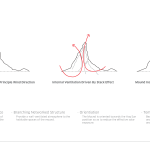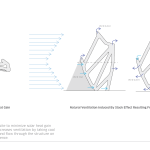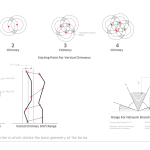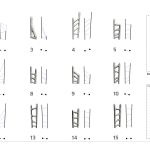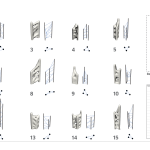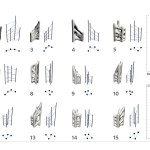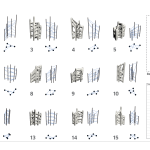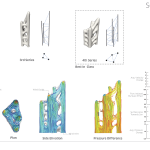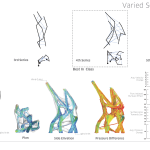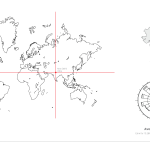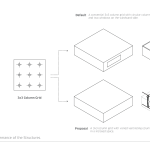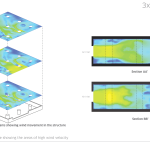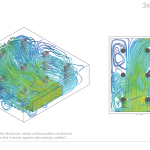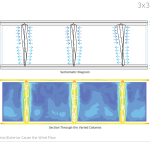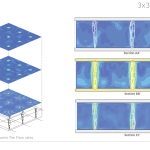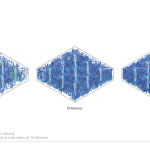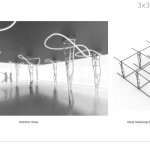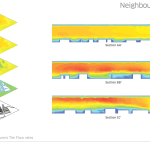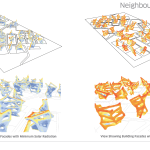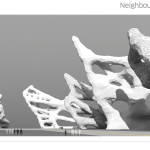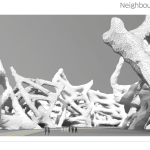FORM WIND
Inder Prakash Singh Shergill
Tutors
Lluís Viu Rebés
Jordi Pagès i Ramon
Abstract
This research takes inspiration from Termite Mounds as a passive solar design which involves understanding the behavior and working of a termite mound and using these as guidelines for developing a performance based ventilation model for architectural usage.
The process involves investigating network branching systems and coming up with rules of growth that govern the geometries and make them passive natural ventilating systems. Which are optimized for maximizing Wind flow inside them and minimizing solar heat gain .The generated forms are then compared in a series of catalogs to find the most efficient series which increase the potential of the natural ventilating systems. The study increases the comfort level of the space as it increases the quality of air.
The research is also applied to real word situations by change of scale. One application is set in an enclosed space for ventilating the interior room air, the forms act as breathing columns which allow fresh air from the exterior to flow through them and circulate in the room. This air is then expelled to the exterior by flow which is created due to pressure difference between the interior and the exterior space. The other is a neighborhood scale which takes an existing site and generates forms that can be used as built masses that are habitable . These forms are oriented on site to minimize solar heat gain and increase wind flow through them. This research highlights the importance of wind flow in architectural systems.



